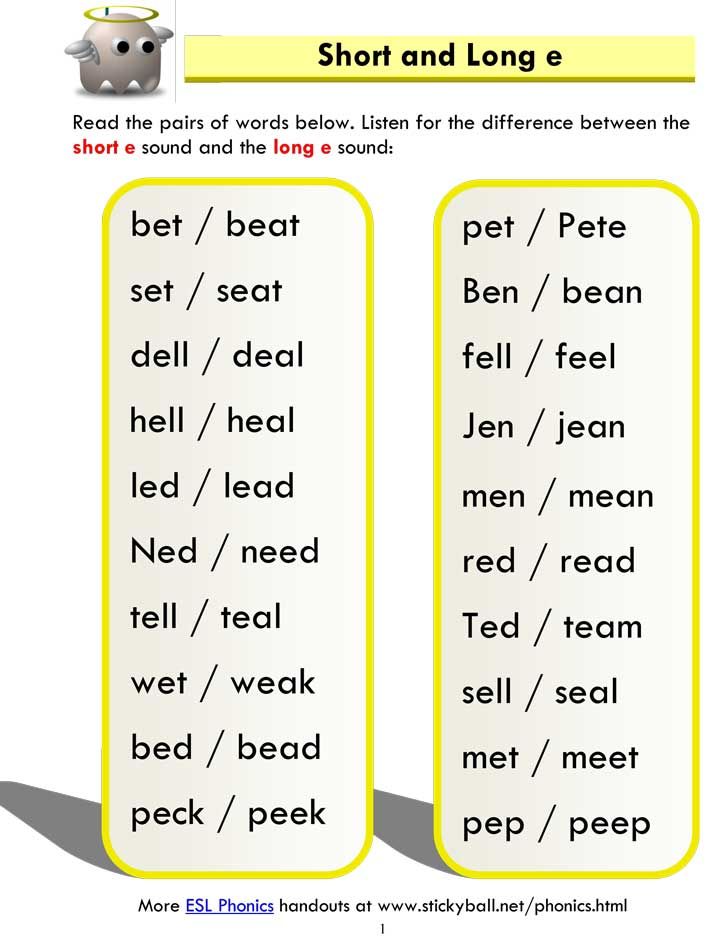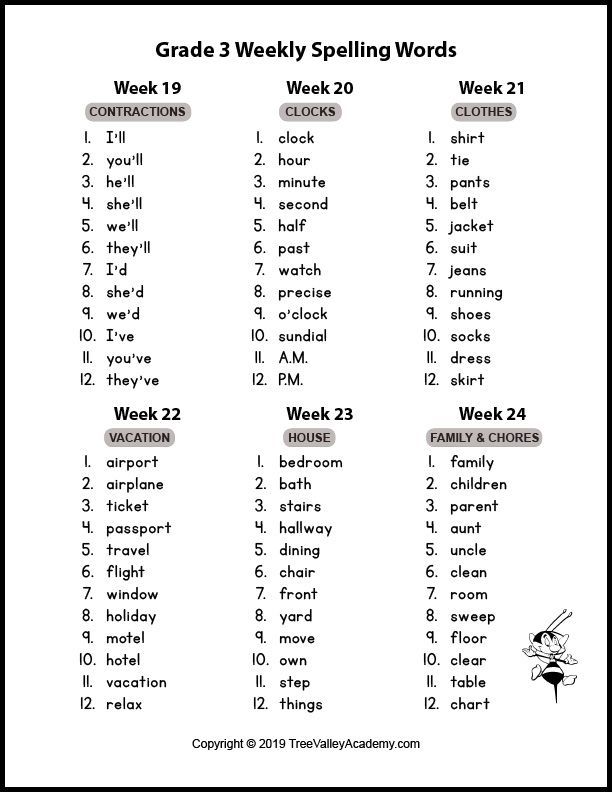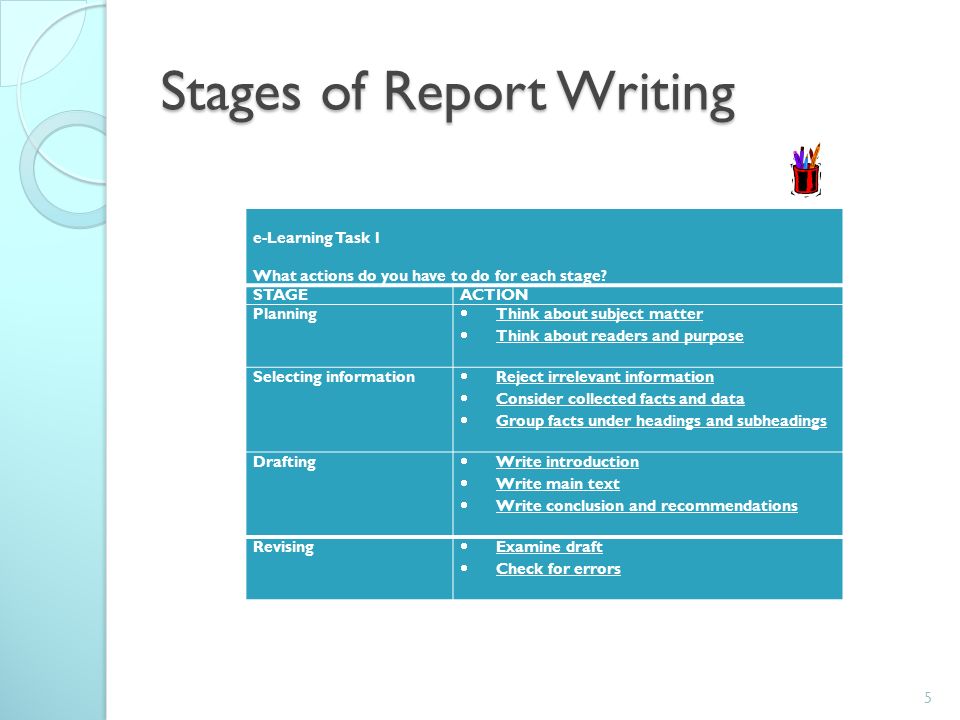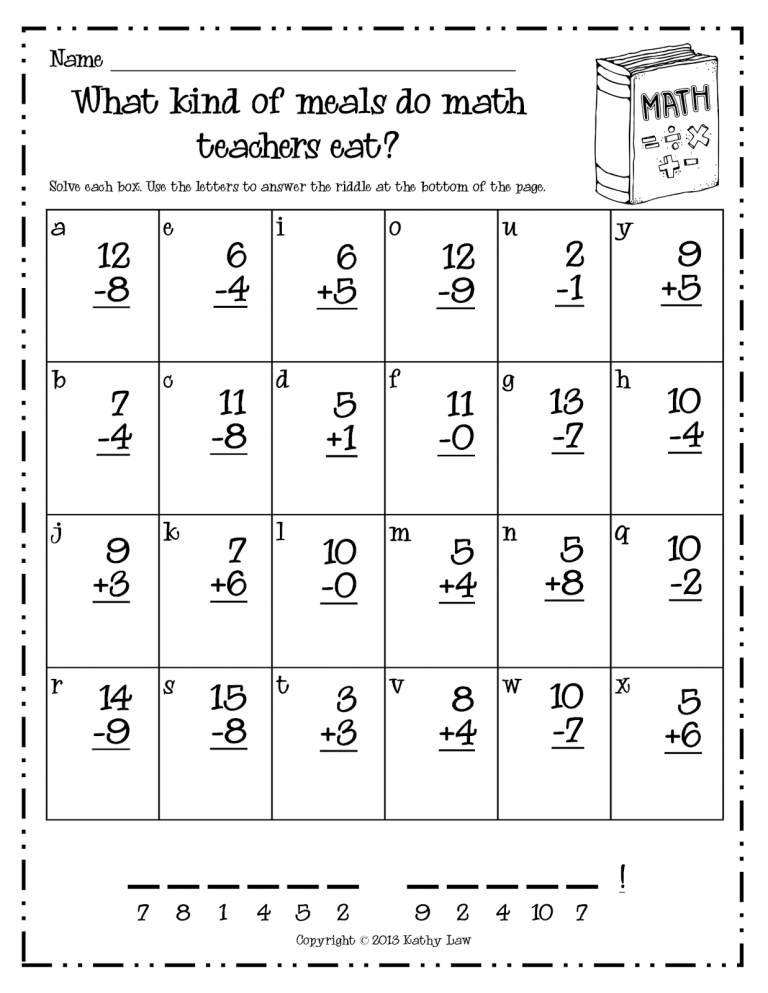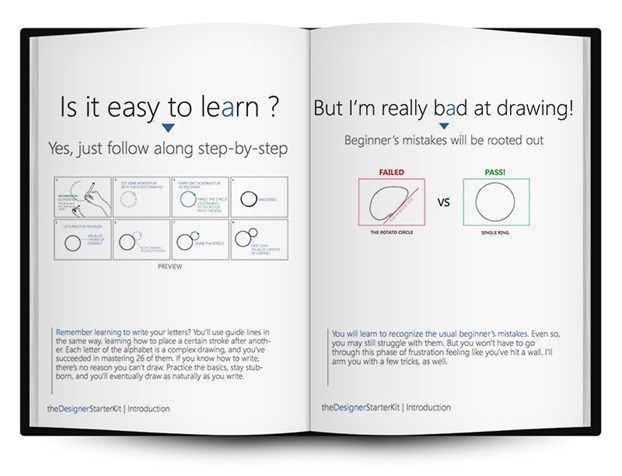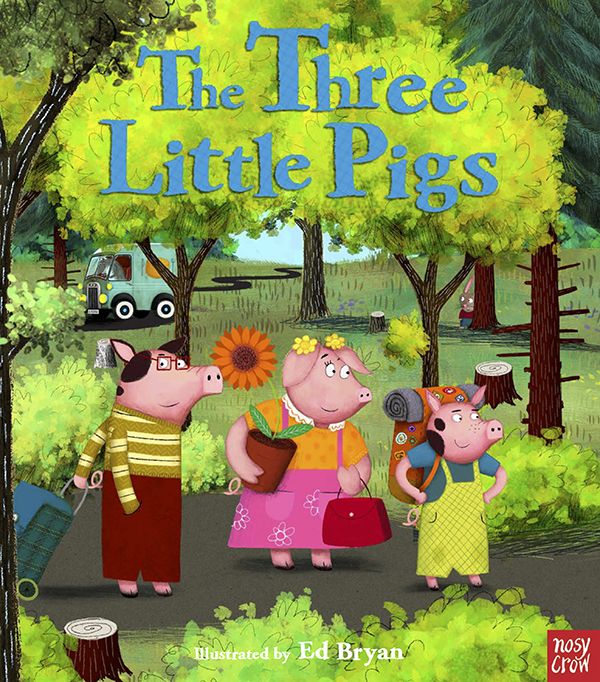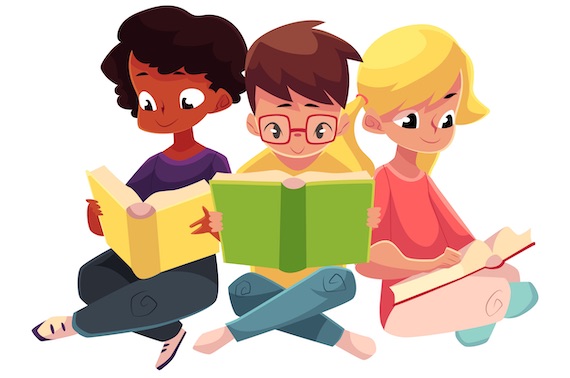What is onlooker play
Meaning, Age Range, Examples, and More
Your child is standing on the sidelines, watching the other kids play. Seems like they’re just looking on, right?
Wrong. Onlooker play is an important developmental stage. It’s not just child’s play — it’s serious business.
Sociologist Mildred Parten divided play into six stages. At each of these stages, your child develops cognitive and social skills that form the foundation for future successful interaction with others. And it happens even when they’re just watching.
Jean Piaget defined the different stages of play primarily by the cognitive developmental stages that a child reaches. Parten saw things a little differently. She emphasized that learning to play is very much about learning how to relate to others.
Here’s a quick look at Parten’s six stages of play:
- Unoccupied play. Your child isn’t playing yet — just watching or standing in one spot and sometimes making random movements.
- Solitary play. Your child is fully focused on their own activity and unaware of other children around them.
- Onlooker play. Your child watches and even comments on other kids playing but doesn’t join in.
- Parallel play. At this bridging stage, children play alongside each other, but remain in their separate worlds.
- Associative play. Children interact with each other, but the activities aren’t coordinated.
- Cooperative play. Around kindergarten age, playtime becomes well-organized and the children have assigned roles.
Don’t hold a stopwatch because we aren’t all programmed to run on the same timetable. But as a rule of thumb, you can expect onlooker play to begin when your toddler reaches between 2 1/2 and 3 1/2 years of age.
If your heart breaks because you see your child standing on the edge, watching quietly as the other kids play, don’t reach for your tissues.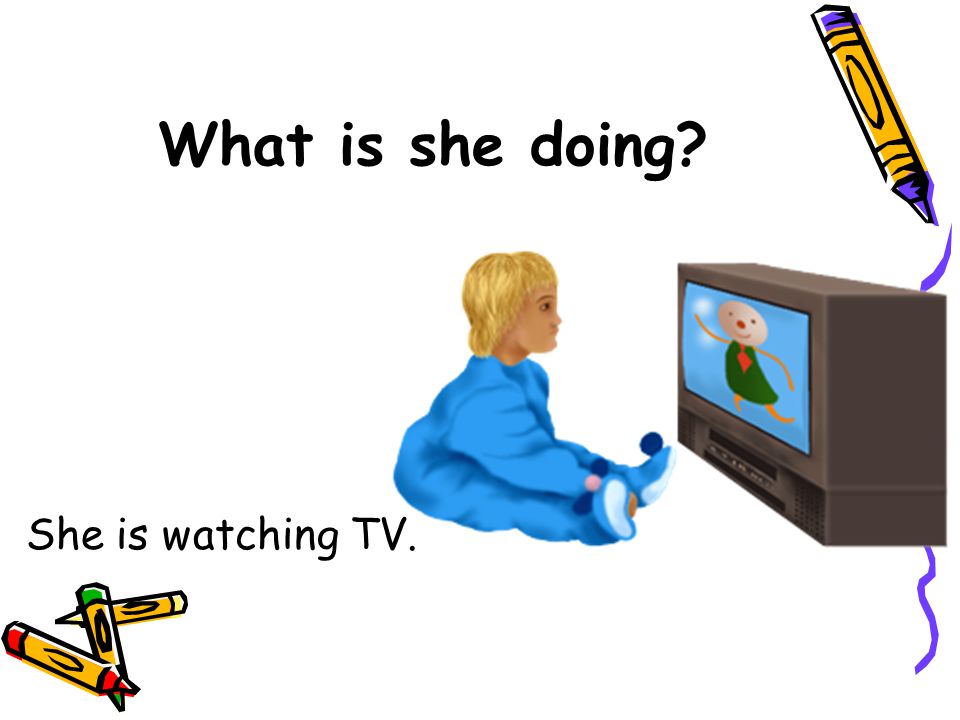 Celebrate — your toddler has reached another milestone. Remember those previous play dates when your child wasn’t even aware that there were other kids in the room.
Celebrate — your toddler has reached another milestone. Remember those previous play dates when your child wasn’t even aware that there were other kids in the room.
Onlooker play is a big part of a child’s development. While your child may seem passive when they’re just watching, they’re actually pretty busy working on cognitive and social-emotional skills.
Cognitive skills
Observation sharpens perception, attention, memory, and thinking. By noticing how gestures and words are used, kids are laying the groundwork for the more complex symbols (writing and math) that they will learn in school.
Social-emotional skills
In his famous Bobo doll experiments, Albert Bandura, hailed as the father of the cognitive theory, showed that kids learn how to behave from observing others. It’s a one-way street: Watch, assimilate, and then imitate.
Need more convincing? Psychologist Lev Vygotsky says that observation “refines the natural state of behavior of the child and alters completely anew the whole course of his development. ” Observation teaches some important lessons including:
” Observation teaches some important lessons including:
- The rules of engagement.Observation teaches kids how to cooperate with other kids, how to listen to the rules, and how to better rein in their own impulses. They realize that sticking to the structure of play is worth it — they get more pleasure from the game than from satisfying an immediate impulse.
- Different strokes for different folks. Some children are naturally more reserved. Researchers call these kids slow-to-warm-up. They gain the most from onlooker play. As they watch other kids at play, they learn. Armed with this knowledge, they gain the self-confidence needed to move on to the next stage of play.
Your toddler loves watching other children at play. But at this early stage, they’re more interested in watching quietly from the sidelines than in directly participating. Here’s what you’ll notice at the onlooker stage:
- Your toddler sits or stands near other children who are playing, but doesn’t get involved.
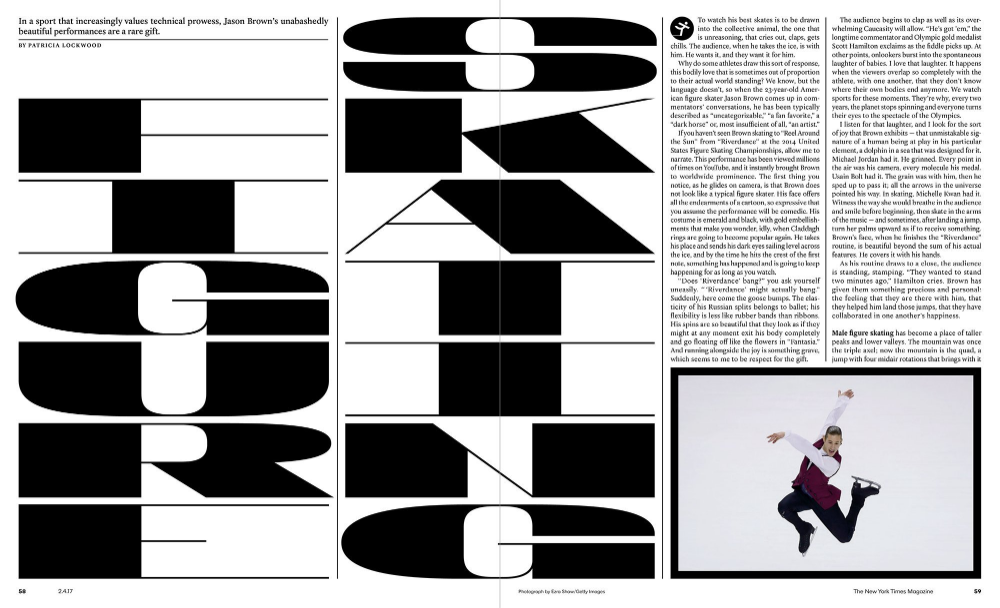
- They may stay within earshot so that they can keep tabs on what’s going on.
- They may talk to other kids, ask questions, and give suggestions, but no more.
- In Montessori classrooms, kids typically range from 2 1/2 to 6 years of age. It’s common to see the younger children watching the older children play from a safe distance.
- Remember that slower-to-warm-up child? This child feels safe watching from a distance but may throw in a suggestion when they get a chance.
- Sports’ spectators are also engaged in onlooker play — some good things never come to an end!
We all want to help our kids reach important milestones. And, to be totally honest, it hurts when you see your kid on the sidelines — even when you know that this developmental stage will soon pass. So, what can you do to nudge the onlookers onto the next stage? Here are some great ideas:
- Be on hand when your child plays to offer support and care. Researchers recommend switching off your phone when you’re with your child.
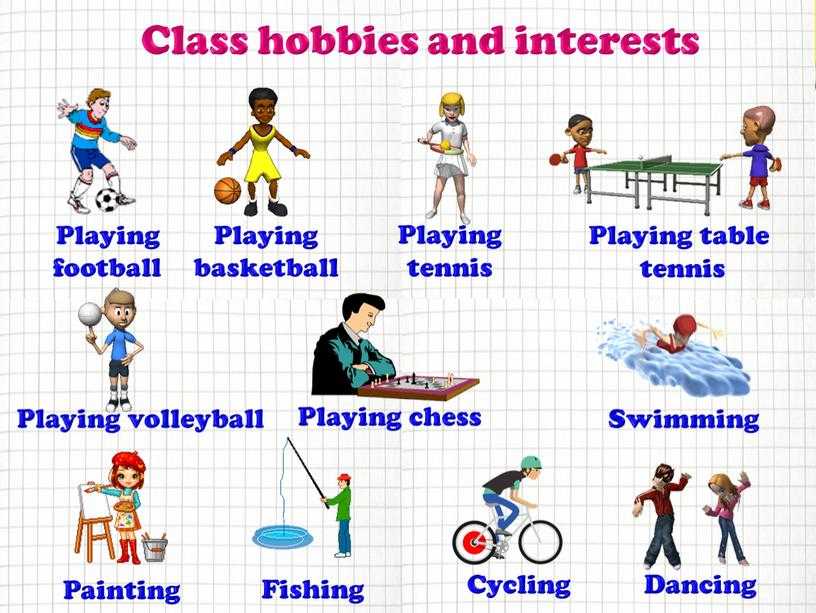 When you take part in the game, onlookers are more likely to take part as well.
When you take part in the game, onlookers are more likely to take part as well. - Give your toddler the opportunity to role play. Build a collection of hats, scarves, purses, shoes, blankets, dishes, broken phones, keyboards, and anything else you’re tempted to toss out. Store the props on low shelves and in open tubs so that your child can pick and choose easily. When you play with your toddler, or invite a friend for a play date, the props give them a starting point for play.
- You can grease the wheels of successful play with open-ended questions like, “Is it time to feed the baby?” or “How can you build the farm?”
- Play dates can stretch your nerves, because playing with others is a learning curve. Expect squabbles and, when they occur, referee calmly — the kids are doing what kids do.
- Have you recently installed an air conditioner or a bought a new appliance? Keep the box they come in and make a house. Go ahead and crawl inside, and your toddler will likely do the same.

When your toddler reaches 3 1/2 to 4 years of age, they’ll probably move on to the next stage of developmental play — parallel play. At this stage, you’ll see your child actually playing next to other kids, but not yet playing together. The kids will probably share their resources, but they won’t have a common goal.
You may notice that your child and their friend are playing with blocks, but they’ll each build their own tower. Stay on hand in case they start to squabble over the blocks! The kids might have a blast with your costume box, but they likely won’t assign roles.
What happens when you notice that your child hasn’t moved on to the onlooker play stage? Maybe they’re still fully engaged in the solitary play stage and don’t show any interest in what the other kids around them are doing.
Breathe easy… it happens. The guidelines for the age ranges of the play stages are simply guidelines. Up to 15 percent of kids are slower to warm up. These kids may be shy or super-cautious.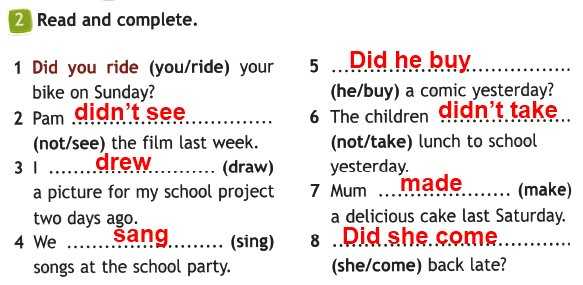
And a heads up: Sometimes even though a child has mastered parallel or associative play, they may still slip back to the onlooker stage. That’s perfectly normal. Don’t you also have days when you’re perfectly happy to sit back and watch the world pass by?
That said, if you have any concerns about your child’s development, reach out to your pediatrician.
Your child is growing up. As their cognitive, communication, and social-emotional skills come together, you’ll notice that the onlooker play has morphed into parallel and then associative play. Watch out, because soon they’ll be asking for the car keys!
What It Is & Why It's Important for Your Toddler
As children grow, they progress through six different stages of play. After their solitary play stage, they move to the onlooker play stage, where they become observers. They don’t engage with other children, but they’re aware of everything their peers are doing around them.
This blog post will explain what onlooker play is, why it's essential for children, and how you can support your child when they're in this stage.
What is onlooker play?
Onlooker play, also known as the spectator stage, is one of researcher Mildred Parten’s six stages of play. During this stage, a child observes and watches their peers playing without participating with them.
Children in this stage learn by observing their surroundings and taking mental notes. Not only do they learn how to play with different toys through observation, but they also learn social rules and interactions.
Source
When does onlooker play start?
The onlooker play stage happens between 2 ½ to 3 ½ years of age and sometimes occurs simultaneously with solitary play. When children are in this stage, it might seem like they're missing out on physical play and interacting with other children. However, this stage is important for a child's development as it boosts their social-emotional and cognitive skills. They may not be playing, but they're busy taking mental notes through observation.
When does the onlooker play stage come to an end?
For some children, the onlooker stage ends between 3 to 3 ½ years, but others stay in this stage for longer. This is totally okay.
This is totally okay.
From the onlooker play stage, children typically progress to the parallel play stage where they begin to engage and play with other children. Some children might not be ready to play yet, but they may play alongside them. You may also notice them sharing their toys even if they continue playing independently.
What are the benefits of onlooker play?
Here are some reasons why the onlooker play stage is important for toddlers:
It boosts their social-emotional skills
Children at this stage begin learning basic social-emotional skills through observation. Some of the skills they acquire include how to listen to rules, how to cooperate with other children, and how to better control their emotions. This is also an excellent way for shy and reserved children to learn about other children and how to behave without actively engaging with them. They can learn at their own pace and gain the self-confidence to move to the next stage of play.
It improves a child’s cognitive skills
Watching other children playing can improve a child's attention, perception, and memory as they observe. They also learn complex behaviors like hand gestures and new words. With this knowledge, children are equipped with the skills they need to move to the next stage of play.
Examples of onlooker play
Onlooker play doesn't require any setup – it happens organically when children are around their peers or adults. They may join in if the games the other children are playing interest them. Otherwise, they'll just observe them and learn from a distance.
This stage of play includes:
- Watching other children play from a distance
- Staying within earshot of other children playing but not actively participating
- Children suggesting solutions to other children during play but not joining in
- Watching how other children interact with toys in the play area
How to encourage an onlooker
Here are ways you can support your child to ensure they benefit from this stage and transition effectively to the next stage:
- Plan playdates.
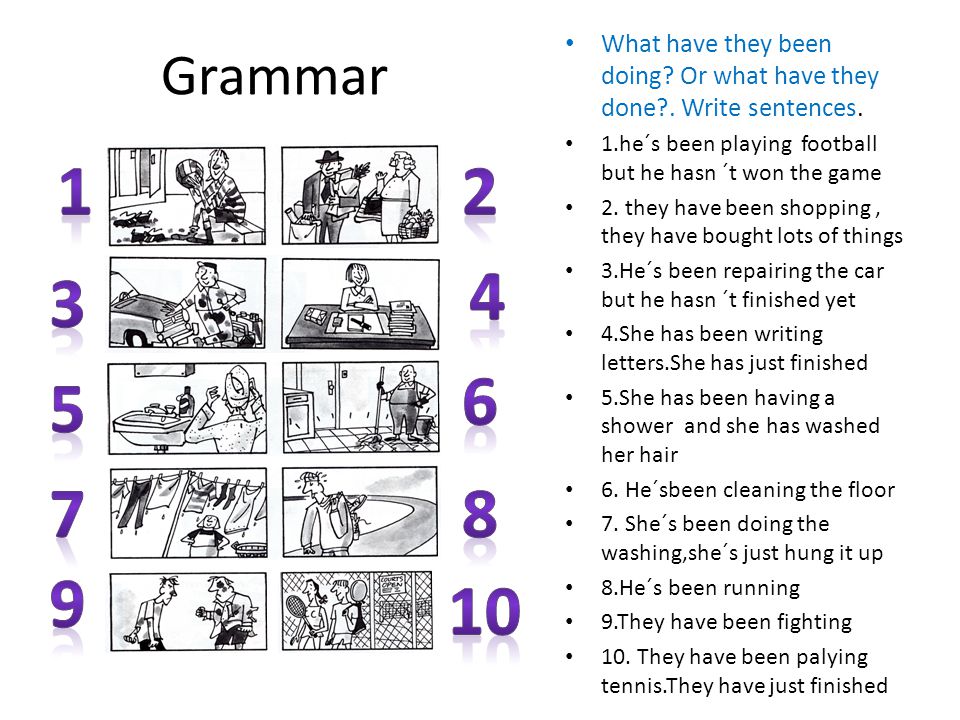 Playdates can be an opportunity to observe other children playing and see how they interact with adults.
Playdates can be an opportunity to observe other children playing and see how they interact with adults. - Be present. Remove distractions and be present when your child is engaged in onlooker play. You can also participate in the game to encourage your child to join.
- Encourage pretend play or dress-up. Gather various items such as old towels, toys, purses, shoes, hats, dishes, and utensils to give your child the opportunity to choose what they like and role play. Role-playing can improve your child's cognitive and imaginative skills.
- Provide them with open-ended toys. Playing with open-ended toys promotes curiosity, problem-solving, and imagination. These are important skills as children begin to actively engage other children in play.
- Take them to the playground and park. These are good spots to watch other children play with different toys.
What are some concerns about onlooker play?
If your child seems stuck in the onlooker play stage, there is no need to panic; some children stay in this stage longer than others.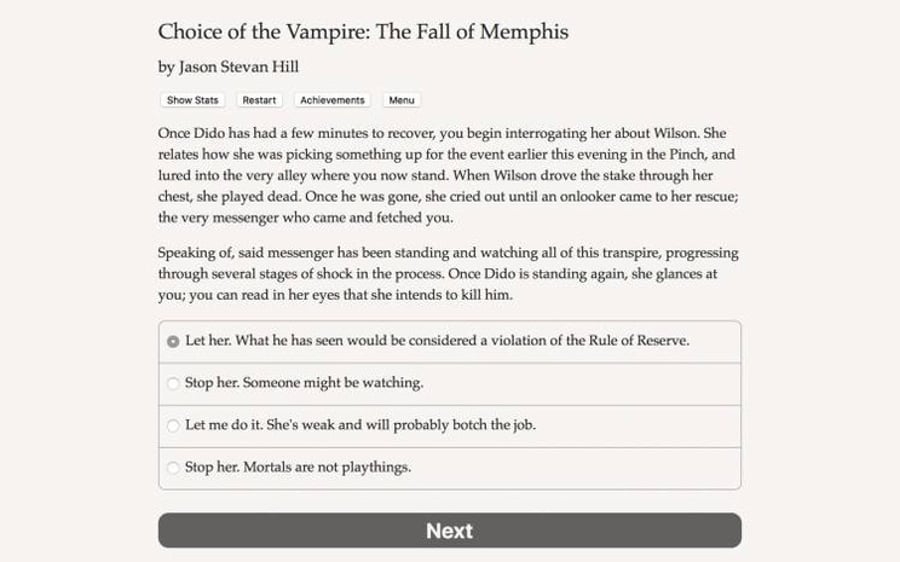 They might still be engrossed in independent play with no interest in observing or noticing other children around them. This is normal, especially for more reserved children who may take time to warm up to other children.
They might still be engrossed in independent play with no interest in observing or noticing other children around them. This is normal, especially for more reserved children who may take time to warm up to other children.
It's also worth noting that some children in the onlooker play stage occasionally slip back to independent play. This is totally normal especially for introverts when they want to step back and recharge. However, talk to your pediatrician if you're concerned about your toddler's development.
Final words on onlooker play
At the onlooker play stage, children start noticing their surroundings and actively observe other children play. From this stage, children usually move on to parallel play, where they start playing alongside their peers but don’t interact together.
While onlooker play might seem insignificant, children are gaining important knowledge about the world, including how to relate to others and different ways of playing and exploring.
If you're looking for activity ideas that promote social-emotional skills, physical development, and more, check out our free list of activities across developmental domains!
Brightwheel is the complete solution for early education providers, enabling you to streamline your center’s operations and build a stand-out reputation. Brightwheel connects the most critical aspects of running your center—including sign in and out, parent communications, tuition billing, and licensing and compliance—in one easy-to-use tool, along with providing best-in-class customer support and coaching. Brightwheel is trusted by thousands of early education centers and millions of parents. Learn more at mybrightwheel.com.
What is a game with a spectator?
Content
- How does the observer's game relate to the stages of the game?
- When does the spectator game start?
- Why is playing with the audience so important?
- Cognitive skills
- Social-emotional skills
- Behavior of spectators that you can notice
- Examples of playing with a spectator
- How to reward a spectator
- When does the game with a spectator end? nine0006
- When to worry about your child's development
- What's next?
Your child stands aside watching other children play. They seem to be just watching, right?
They seem to be just watching, right?
Incorrect. Playing with the audience is an important stage of development. This is not just child's play - this is serious business.
Sociologist Mildred Parthen divided the game into six stages. At each of these stages, your child develops the cognitive and social skills that form the basis for future successful interactions with others. And this happens even when they are just watching. nine0003
How does the observer's play relate to the stages of the game?
Jean Piaget defined the various stages of play primarily in terms of the stages of cognitive development that the child reaches. Partin saw things a little differently. She stressed that learning to play has a lot to do with learning how to relate to others.
Here is a brief overview of the six stages of Parthen's game:
- The idle game. Your child is not playing yet - just looking or standing in one place and sometimes making random movements.
 nine0006
nine0006 - Lonely game. Your child is completely focused on his activities and does not notice other children around him.
- Spectator game. Your child watches and even comments on other children's play, but does not join them.
- Parallel game. In this bonding phase, children play next to each other but remain in their own separate worlds.
- Association game. Children interact with each other, but activities are not coordinated. nine0006
- Joint game. Around kindergarten age, playtime becomes well organized and children are assigned roles.
When does the spectator game start?
Don't keep a stopwatch because we're not all programmed to work on the same schedule. But as a general rule, you can expect spectator play to begin when your toddler is between 2 1/2 and 3 1/2 years old.
If it breaks your heart to see your child standing on the edge quietly watching other children play, don't reach for the napkins.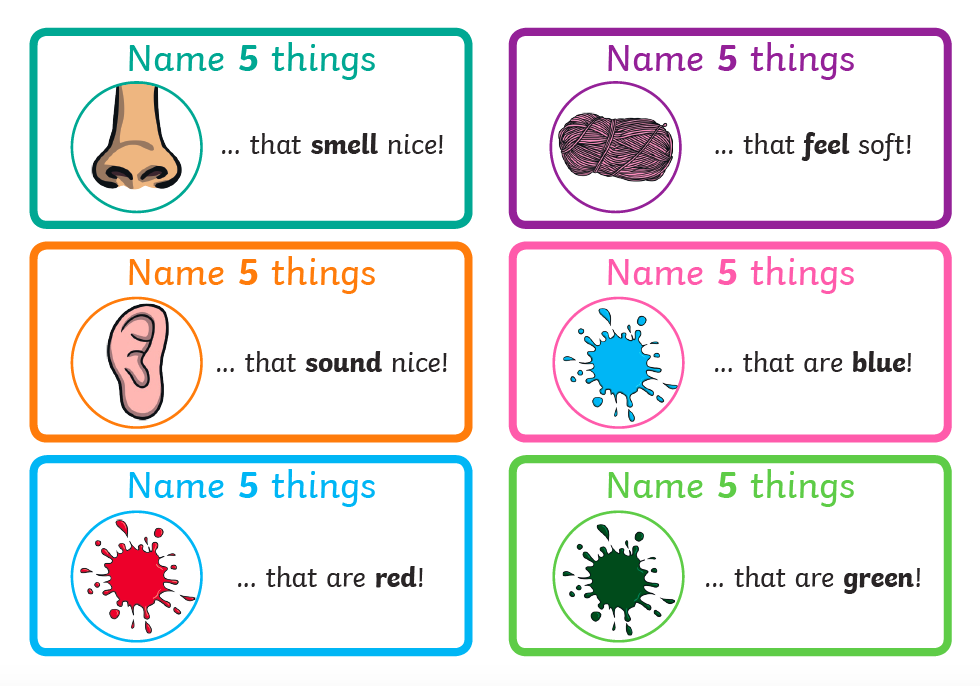 Celebrate - your baby has reached another milestone. Think back to those previous dates when your child didn't even know there were other kids in the room. nine0003
Celebrate - your baby has reached another milestone. Think back to those previous dates when your child didn't even know there were other kids in the room. nine0003
Why is playing with the audience so important?
Playing with an audience is an important part of a child's development. While your child may appear passive when they are just looking, they are actually very busy working on cognitive and social-emotional skills.
Cognitive skills
Observation sharpens perception, attention, memory and thinking. By noticing how gestures and words are used, children lay the foundation for the more complex symbols (writing and math) they will learn in school. nine0003
Social-Emotional Skills
In his famous experiments with Bobo dolls, Albert Bandura, who is called the father of cognitive theory, showed that children learn to behave by observing others. It's a one-way street: watch, learn, then imitate.
Need more persuasiveness? Psychologist Lev Vygotsky says that observation "clarifies the natural state of the child's behavior and changes the whole course of his development completely anew. " Observation teaches some important lessons, including:
" Observation teaches some important lessons, including:
- Participation rules. Observation teaches children how to cooperate with other children, how to listen to the rules and how to better control their impulses. They understand that sticking to the structure of the game is worth it - they get more pleasure from the game than from the satisfaction of a momentary impulse.
- Different strokes for different people. Some children are naturally more reserved. Researchers call these babies slow warmers. They benefit most from playing with the audience. By watching other children play, they learn. Armed with this knowledge, they gain the self-confidence they need to move on to the next stage of the game. nine0006
Spectator behavior you may notice
Your baby loves to watch other children play. But at this early stage, they are more interested in silent observation from the outside than in direct participation. Here's what you'll notice in the observer phase:
- Your baby is sitting or standing next to other children who are playing but not getting involved.
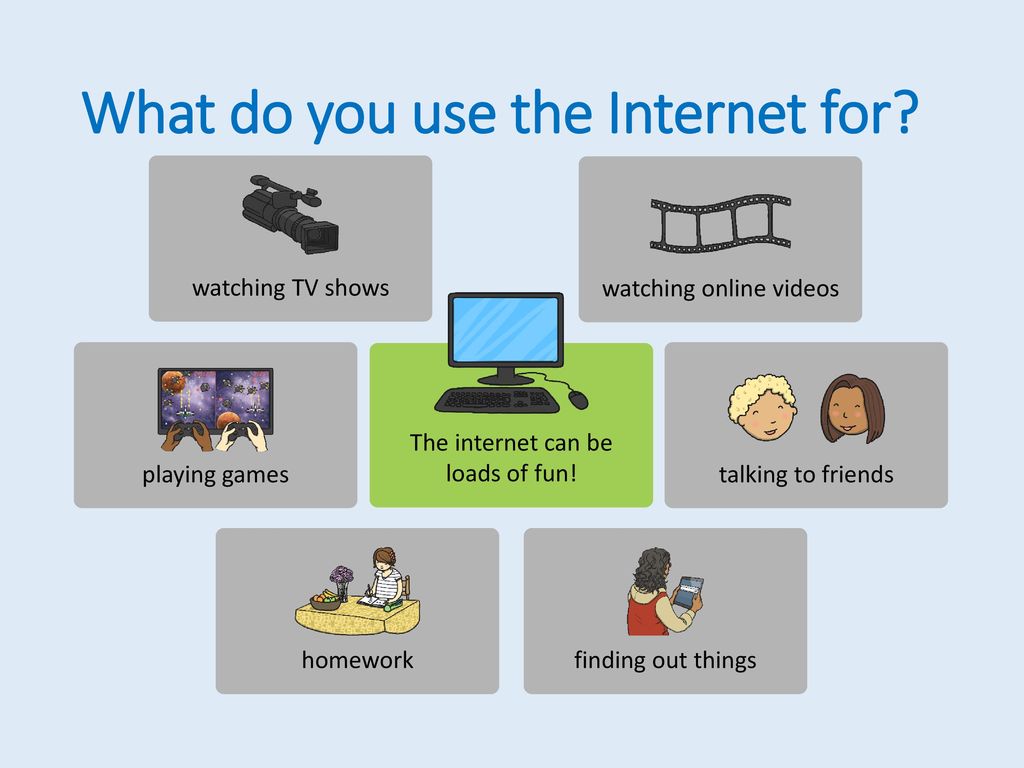
- They can stay within earshot to keep an eye on what's going on.
- They can talk to other children, ask questions and make suggestions, but nothing more. nine0006
Spectator play examples
- In Montessori classes, children are usually between the ages of 2 and 1. You can often see younger children watching older children play from a safe distance.
- Remember that slowly warming baby? This child feels safe watching from afar, but may make a suggestion when given the opportunity.
- Sports spectators also participate in the spectator game - some good things never end! nine0006
How to encourage the viewer
We all want to help our children achieve important milestones. And, to be honest, it hurts to see your child on the sidelines - even knowing that this stage of development will soon pass. So what can you do to push viewers to the next stage? Here are some great ideas:
- Be there when your child plays to offer support and care.
 Researchers recommend turning off your phone when you're with your child. When you take part in a game, the audience is more likely to take part too. nine0006
Researchers recommend turning off your phone when you're with your child. When you take part in a game, the audience is more likely to take part too. nine0006 - Give your child the opportunity to role-play. Gather a collection of hats, scarves, purses, shoes, blankets, dishes, broken phones, keyboards, and anything else you feel like throwing away. Store props on low shelves and in open trays for easy selection by your child. When you play with your toddler or ask a friend out on a date, the props give them a starting point to play with.
- You can grease the wheels of successful play with open-ended questions such as "Is it time to feed the baby?" or “How to build a farm?” nine0006
- Dating games can stretch your nerves because playing with other people is a learning curve. Expect quarrels and when they happen, judge calmly - children do what children do.
- Have you recently installed an air conditioner or bought a new appliance? Keep the box they come in and make a home.
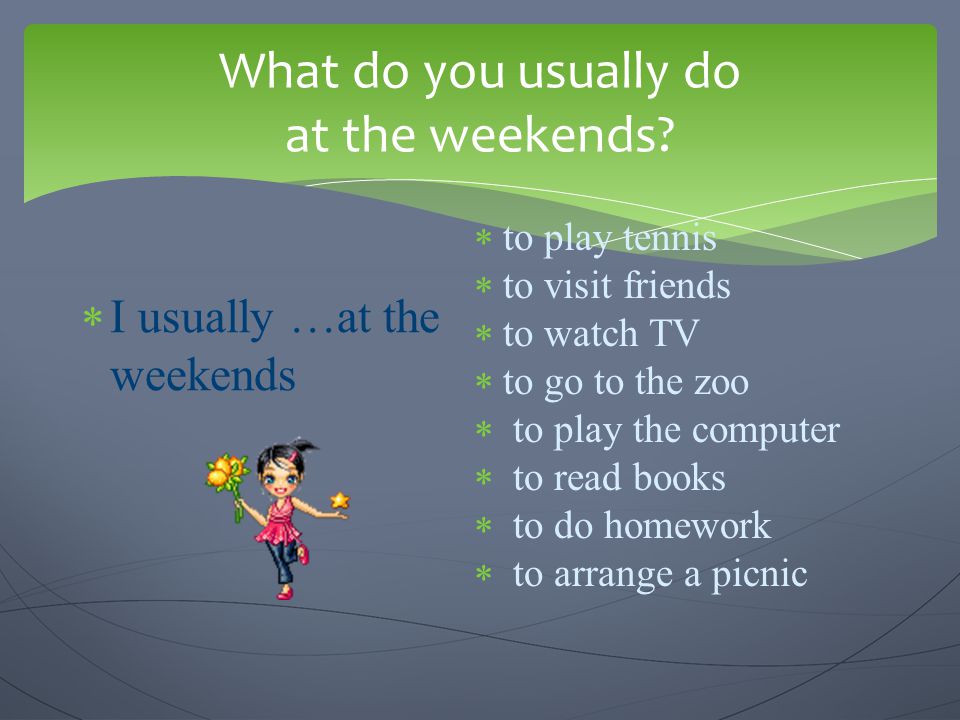 Go ahead and crawl inside and your little one will most likely do the same.
Go ahead and crawl inside and your little one will most likely do the same.
When does the spectator game end?
When your baby is 3 to 1 years old, he will probably move on to the next stage of developmental play - parallel play. At this stage, you will see that your child is actually playing alongside other children, but not yet playing together. Children will probably share their resources, but they will not have a common purpose. nine0003
You may notice that your child and his friend are playing with blocks, but each of them will build their own tower. Be there if they start fighting over blocks! The kids may love your costume box, but they probably won't role-play.
When to worry about your child's development
What happens when you notice that your child hasn't progressed to the spectator stage? Maybe they're still fully occupied with solo play and don't show any interest in what the other kids around them are doing. nine0003
Breathe calmly… it happens.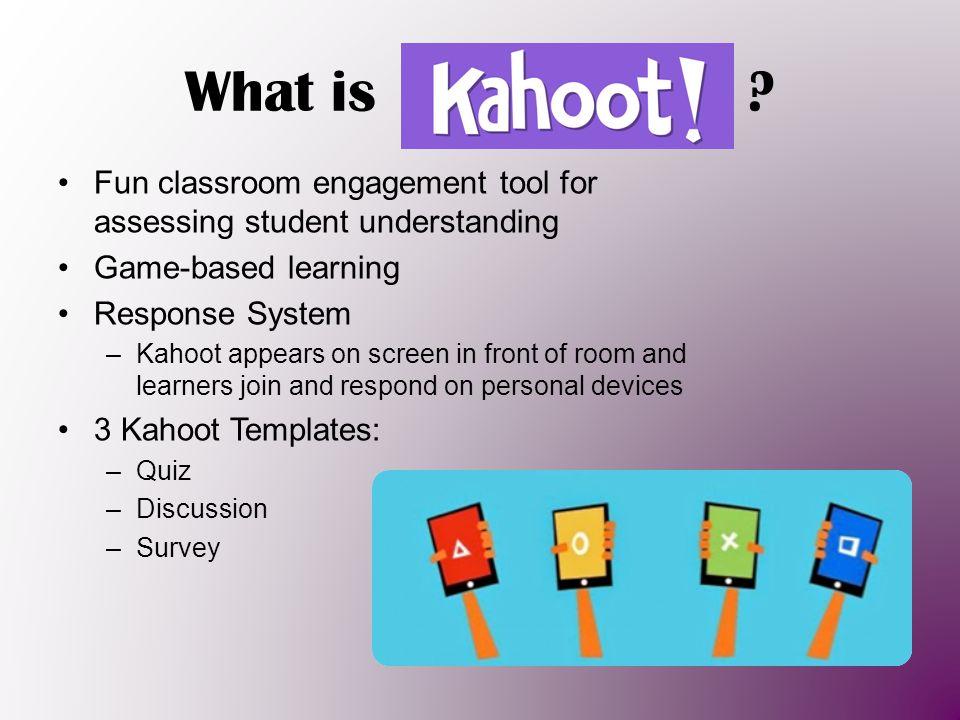 The recommendations for the age ranges of gaming scenes are just recommendations. Up to 15 percent of children are slower to warm up. These children may be shy or overcautious.
The recommendations for the age ranges of gaming scenes are just recommendations. Up to 15 percent of children are slower to warm up. These children may be shy or overcautious.
And on a note: sometimes, even if the child has mastered the parallel or associative game, he can still return to the observer stage. This is completely normal. Don't you have days too when you're perfectly happy to sit back and watch the world go by? nine0003
However, if you have any concerns about your child's development, please contact your pediatrician.
What's next?
Your child is growing. As their cognitive, communication, and social-emotional skills come together, you will notice that the observer's game has evolved into a parallel game and then an association game. Be careful because soon they will be asking for car keys!
Goal - missed! (game with spectators)
GamesGames in the air or in the gym Goal - by! (game with spectators)
Popular
- Q&A (game for laughs)
- Tricky questions for logic and ingenuity
- What is Christmas?
- christian pictures
- good fruits
- Fig tree (Vera Kushnir)
- Harvest (I.
 Gederevich)
Gederevich)
Updates
- Like a bell tolls my heart alarm
- Miracles of Jesus (family camp game)
- One day at the barbershop
- Antique clock
- Pouring-drinking
- Math in faces
- Romans in Jerusalem
| Goal - by! (game with spectators) |
| nine0002 This game involves as many spectators as possible, for example 100 or 200 people sitting in the auditorium. Well, if the hall is divided into two zones, that is, there is a passage in the middle. In any case, the host, before the start of the game, must divide all the players into two teams, approximately equal in number.
The rules of the game are simple. The leader stands on the stage facing the audience. If he raises his right hand and waves it down to one team, then its players should shout: "Goal!". The host can wave his right hand several times in a row, and you get "Goal! Goal! Goal!".
When the facilitator waves his left hand to the other team, they must shout the word "Pass!".
The host invites the teams to practice first. It turns out something like this dialogue:
- Goal! - By! - Goal! - By! - Goal! - By! - By! Past! Past! nine0002When the host sees that the audience has learned the rules, the game begins. First, the presenter waves, as before, and then begins to confuse the audience. For example, the first team is waving not with the right, but with the left hand. If someone from this team gave his weak voice and shouted "goal!", and there are usually even several people like that, then it is considered that this team was scored a goal. Score 1:0. Thus, the game continues. If someone shouted against the rules, the team gets a point. nine0002 This game warms up the hall well. |

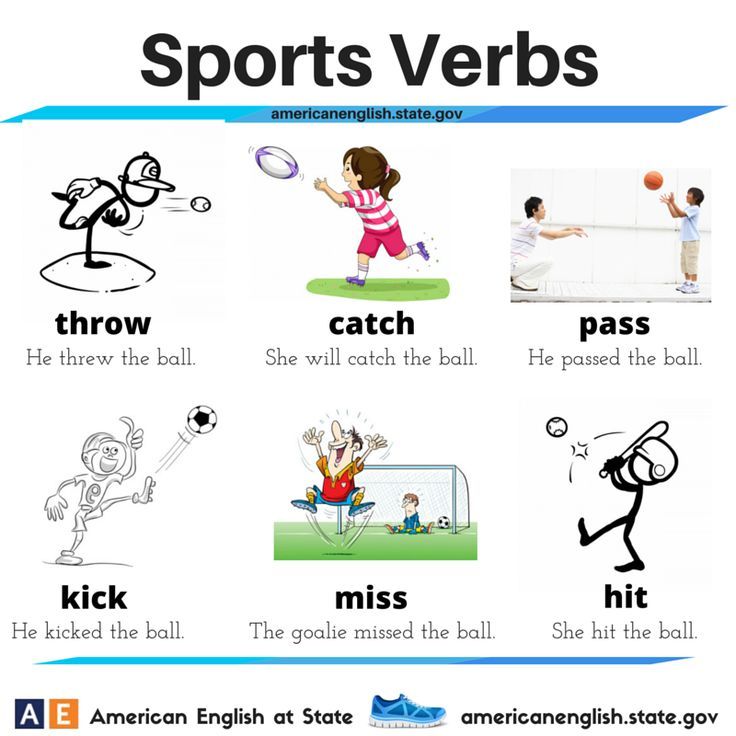 nine0003
nine0003 

